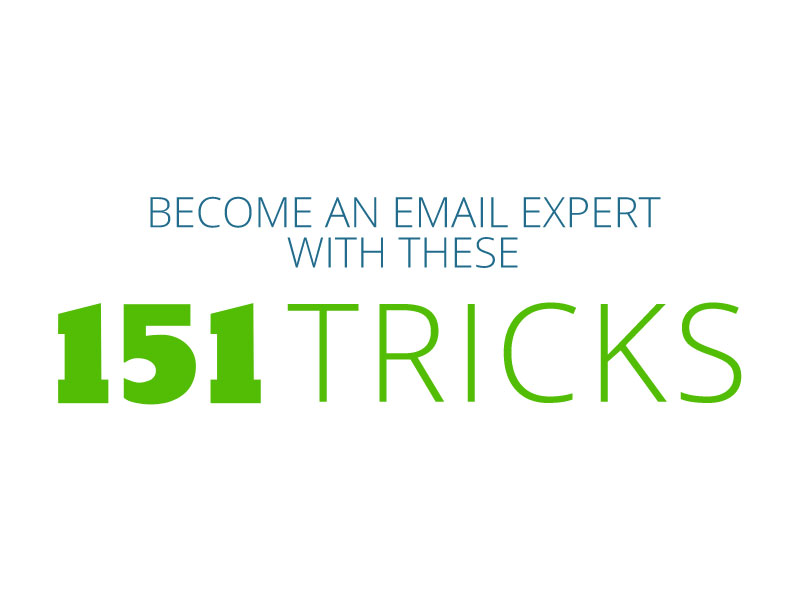
The desktop search market today is barely recognisable from the market for desktop search 5 – 10 years ago. A large proportion of desktop search tools are discontinued. Many of previously key desktop search vendors are now defunct or have moved onto other pastures.
The contributing factors to this reshaping of the desktop search market are diverse and many-fold. So what factors are primarily responsible for the upheaval of the desktop search market and what change has this driven in the select few desktop search vendors who remain?
Take a quick look at some of the features of modern desktop search software
In my previous article, I briefly skimmed over some historical origins of information retrieval. Search today, is an integral part of modern, digital-centric lifestyles. Desktop search is no exception in the realm of a productive workspace, and indeed, it is a welcome productivity boost outside of the workplace. Given the essential functions that search performs for us on a daily basis, and considering that knowledge workers spend on average 15% – 35% of their time retrieving information, search is a tool easily taken for granted. Though the idea of searching comes naturally, the early stages of large-scale search were far from trivial.
Where it began
The majority of search tools operating on large and diverse data sets typically employ some form of indexing. An index, like that found in the back of a book, is a sorted, reduced-size reference to the locations of specific keywords in the stored information. Most desktop search tools perform queries on indexes with few exceptions. Indexing, however, was a large obstacle for desktop search implementation. While large catalogues of information were indexed and searched using dedicated tools, trying to create an index in reasonable time (and of reasonable size) using desktop computer resources was a challenge.
When search functionality appeared in desktop environments, it initially lacked indices, and instead, like grep for Unix, relied on quick text parsing algorithms that could rapidly scan a whole set of given text for matches. The first desktop search reminiscent of today’s desktop tools was AppleSearch, developed by Apple’s advanced technology group. This was an innovative step forward, converting documents in defined locations to plain text allowing them to be crawled and indexed. The indexing however, remained prohibitively resource intensive, restricting its usage to top end computers.
Desktop search for everyone
In the time since, hardware capabilities have improved and new indexing methods, like the scalable index consolidation employed by Lucene, have made desktop search a commonplace tool. In the early 2000’s the high availability of the personal computer and lack of sturdy OEM bundled search tools contributed to a booming and open market. Heavy web search trends acclimatised consumers to search use and increasing personal storage validated the necessity.
Desktop search attracted lots of media attention around 2004, when web search engines looked to desktop integration as channels, with which to funnel users to their web search engines. Google entered the scene with its popular Google Desktop Search and Microsoft began to bundle the new competing Windows Search as an integrated part of Windows Vista and other OS releases.
Times change, tools change
Since this time, talk about desktop search has slowly declined to a whisper. In 2011, Google ceased development and support for its desktop search, citing “a significant shift from local to cloud-based storage and computing” and the fact that most OS’s now integrate desktop search functionality. It is true that desktop search is now limited to mostly OS bundled search tools Windows Search and Apple’s Spotlight, with third-party tools like Xobni closing up shop.
Realisation of the importance of functioning desktop search by OS manufacturers raised the bar, but there are further reasons that contributed to a shrinking market. The idea of the desktop is one that is steadily losing traction. Mobile use has exploded and is steadily eating into the previous domain of desktop bound and notebook computers. This has amplified the shift to cloud-based services, where old desktop search tools were left out of their depth and unwilling to compete.
Desktops are desktops, virtual or not
It great that a good standard of search is now available to most users straight out of the box with their OS, however, Google may have been a little premature with its departure. There are still plenty of gaps between what is offered effectively by Windows and Apple compared to what users really need. The changing face of the desktop doesn’t mean the demise of the desktop. Virtual desktop infrastructure, growing in popularity for enterprise and with an eye for the consumer market, is a great example of this. Windows Search was not developed to handle these environments and it is even best practice to avoid indexing this data with the ill-equipped Windows tool.
Consequently shifts in what is asked of desktop search tools, has resulted in much more powerful and capable products, which begin to blur the lines between desktop and enterprise search. Previously, the domain of searching public folders and exchange servers was reserved for large behemoths and implementation-nightmare enterprise search solutions. Group policy and access restriction capabilities have previously prevented desktop search solutions being rolled out at enterprise level. Adaptive search providers, such as Lookeen, beginning from humble desktop and outlook search have responded to trends in centralising data by producing elegantly simple yet effective search tools for the modern desktop and beyond.



Comments